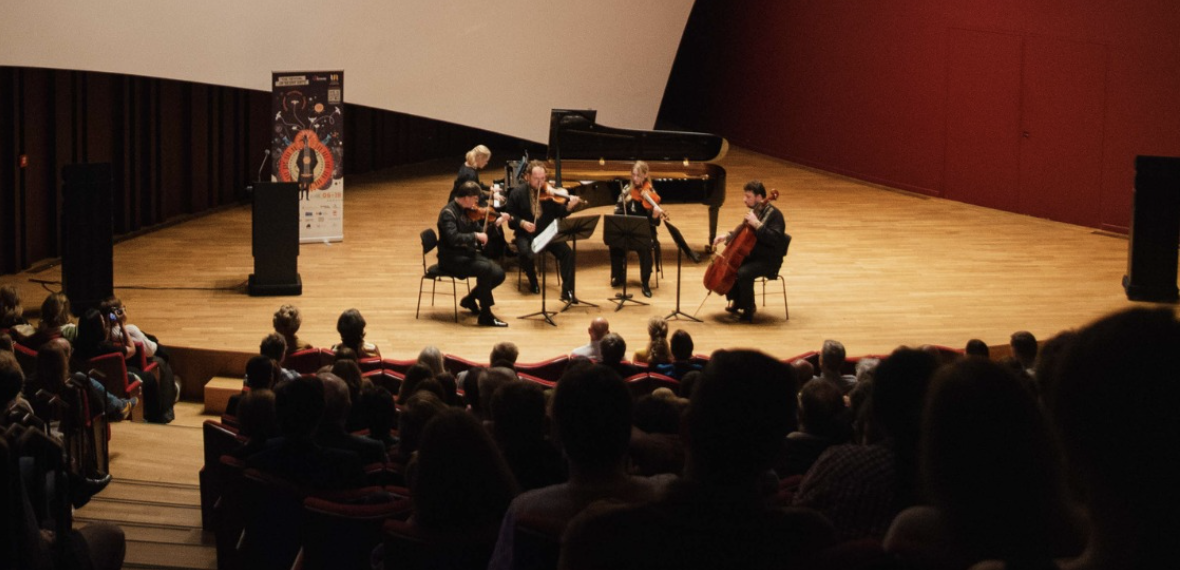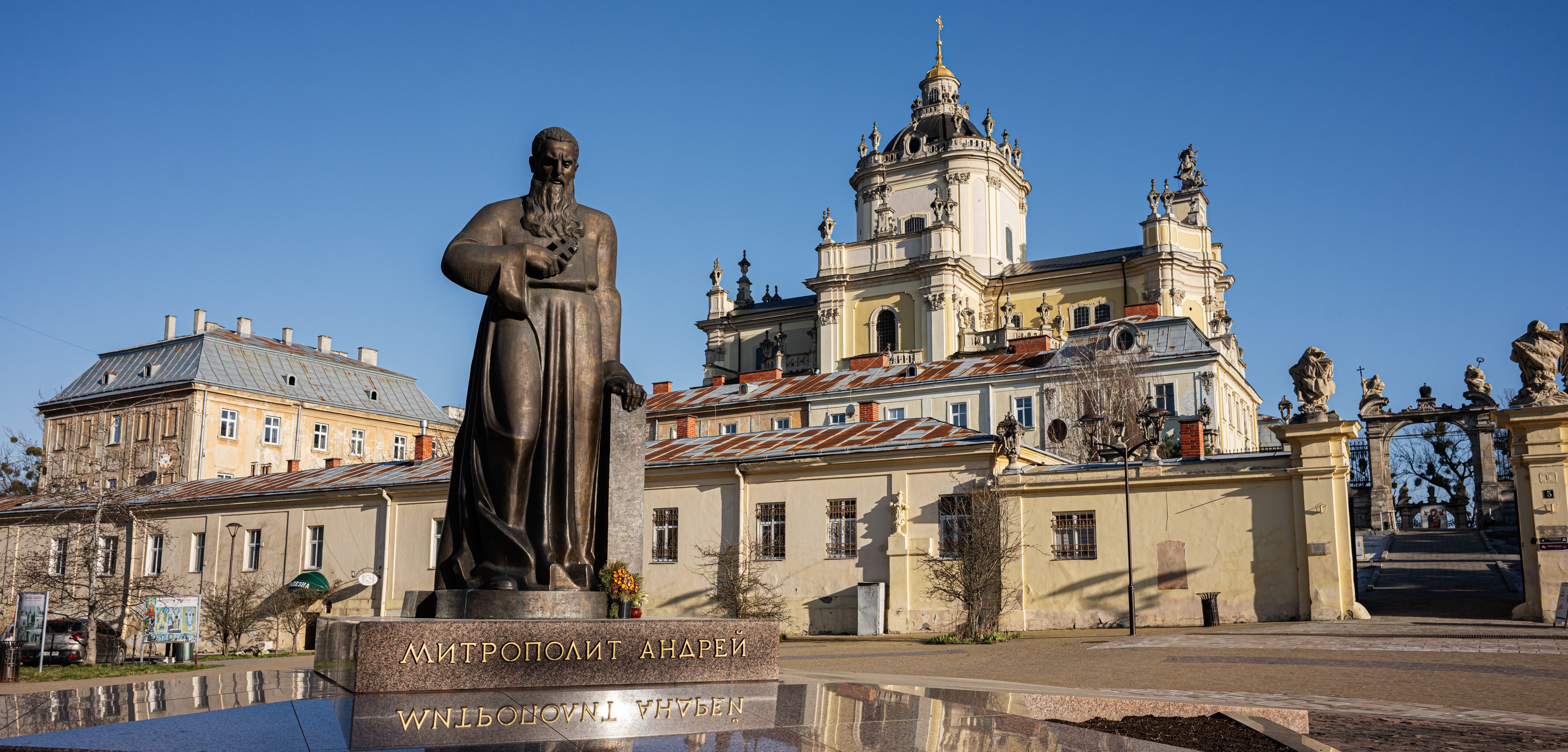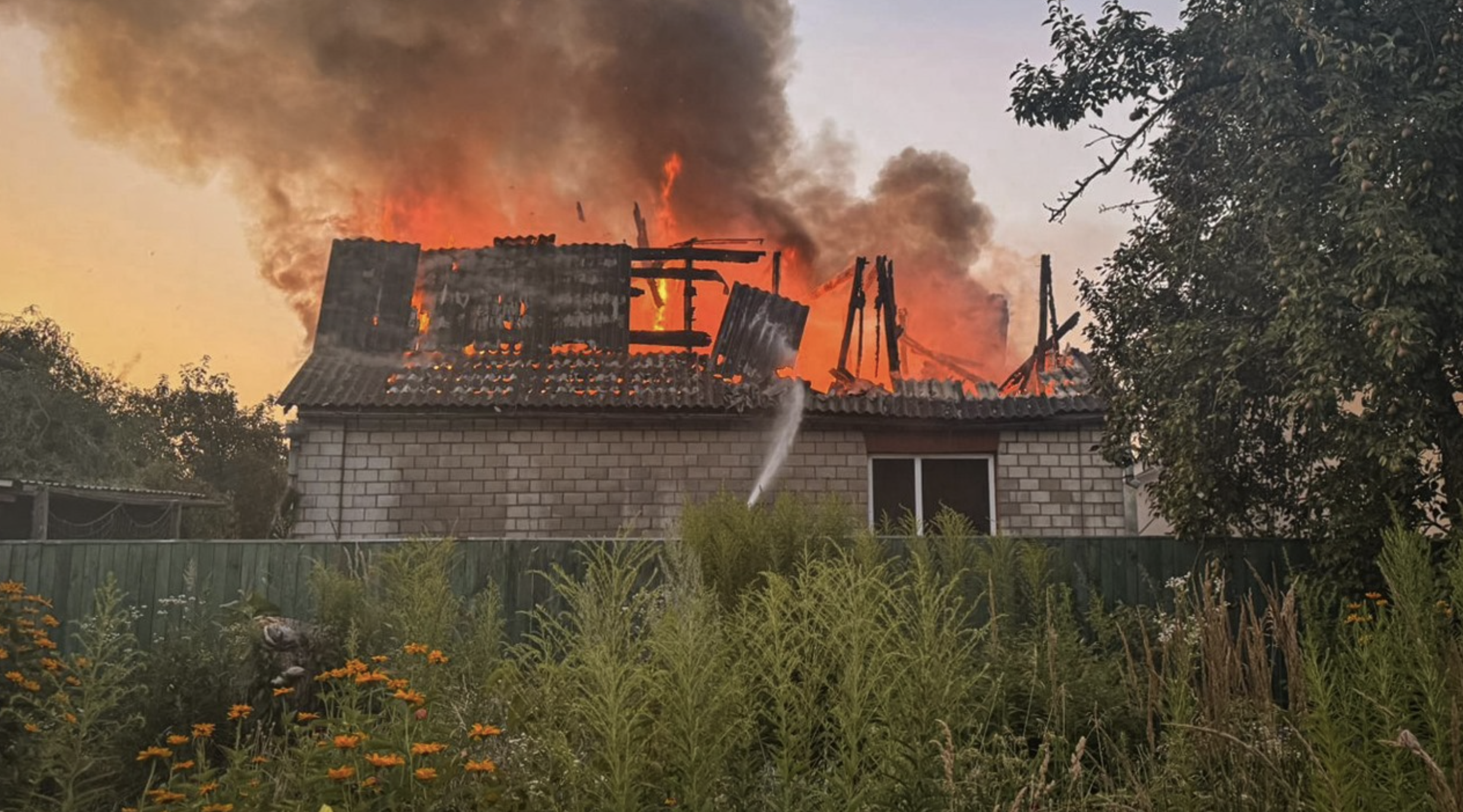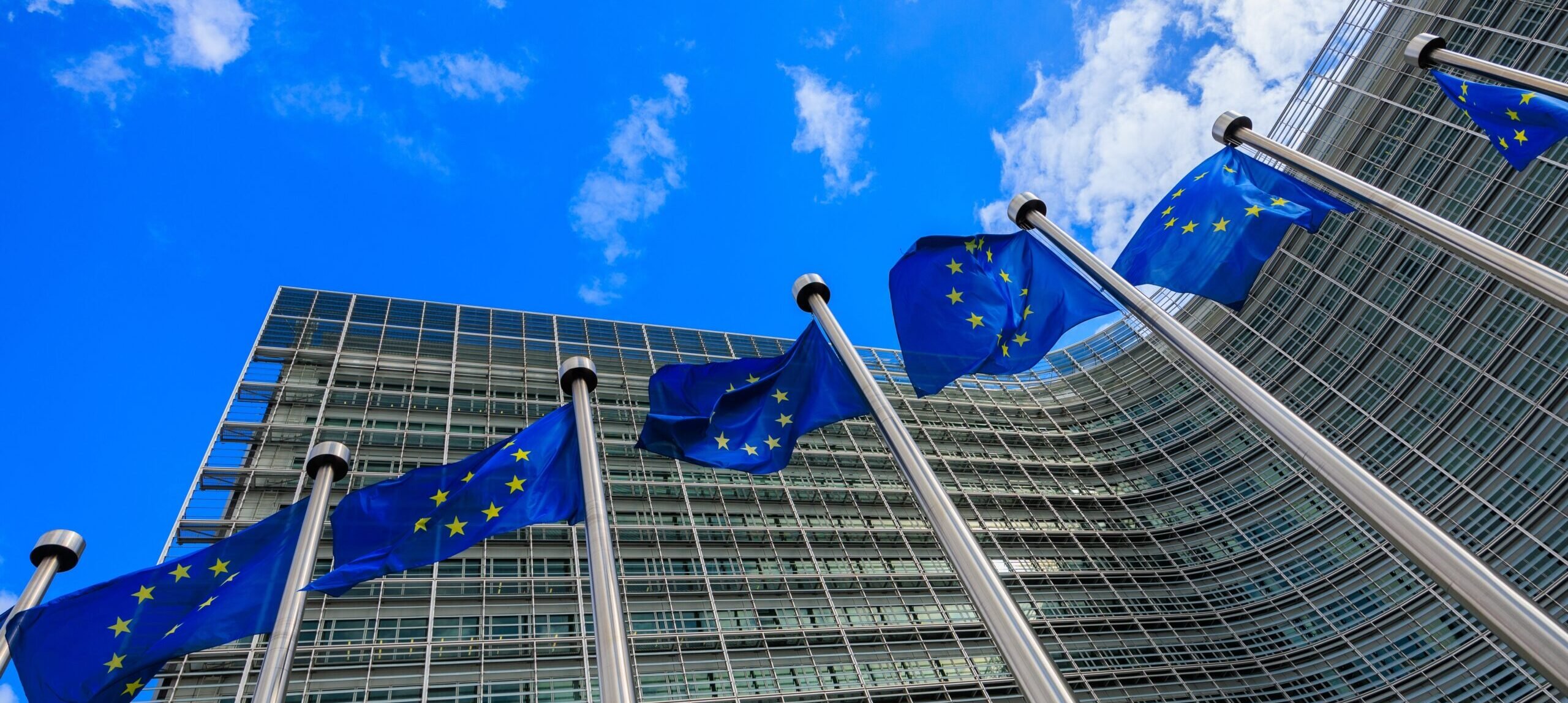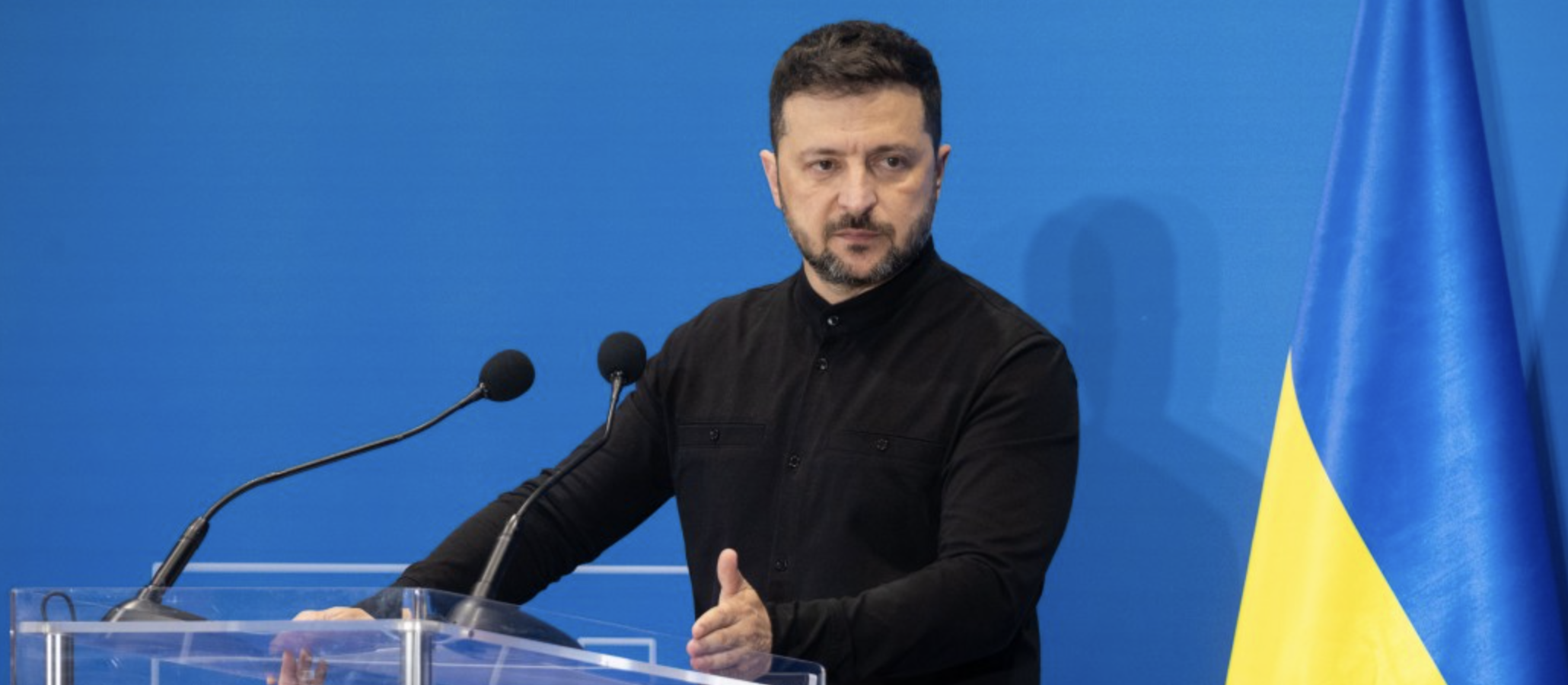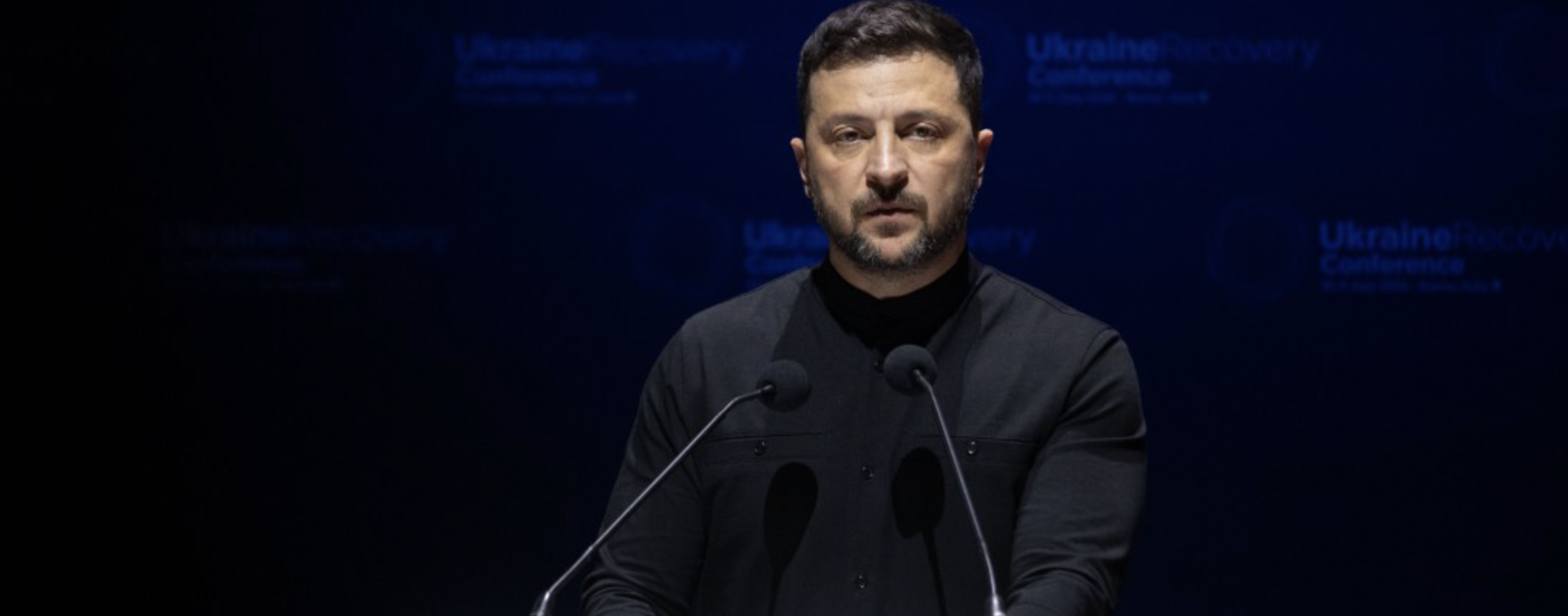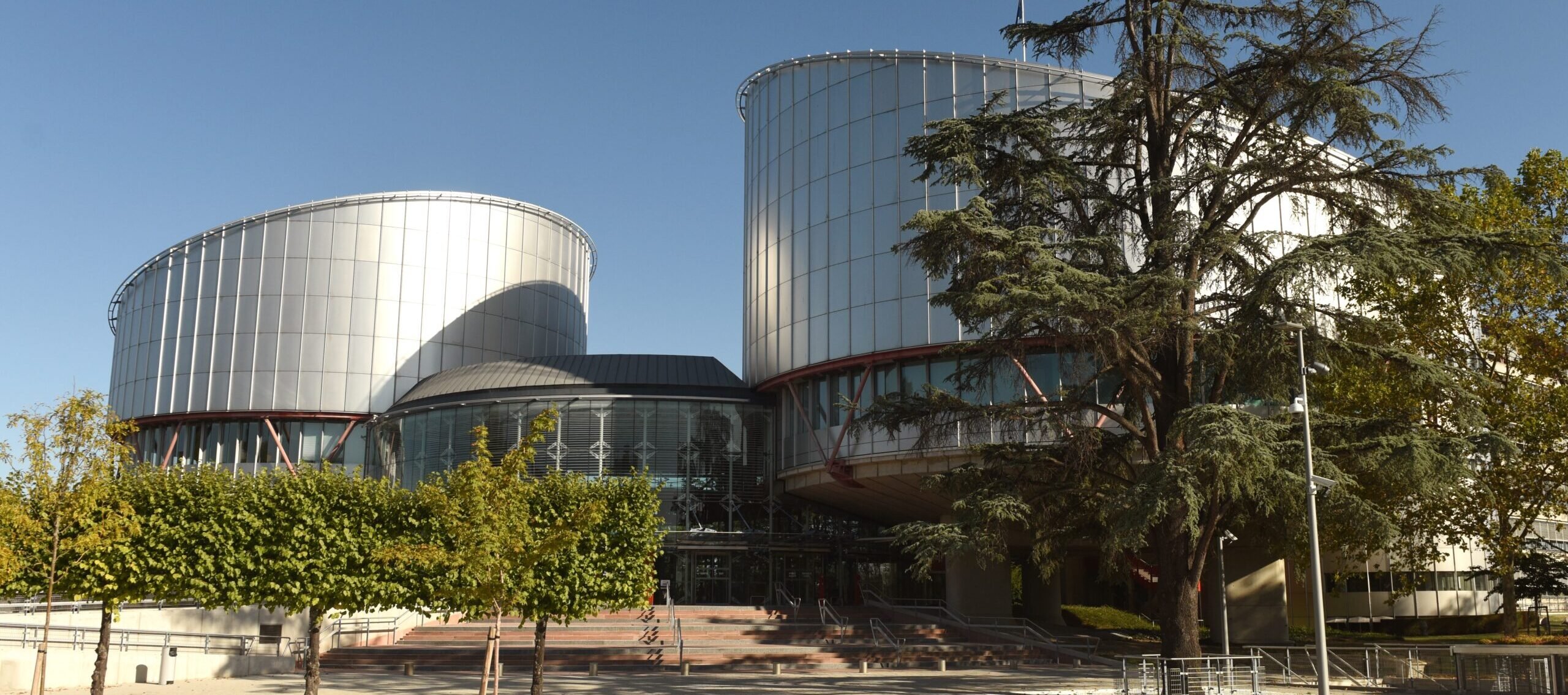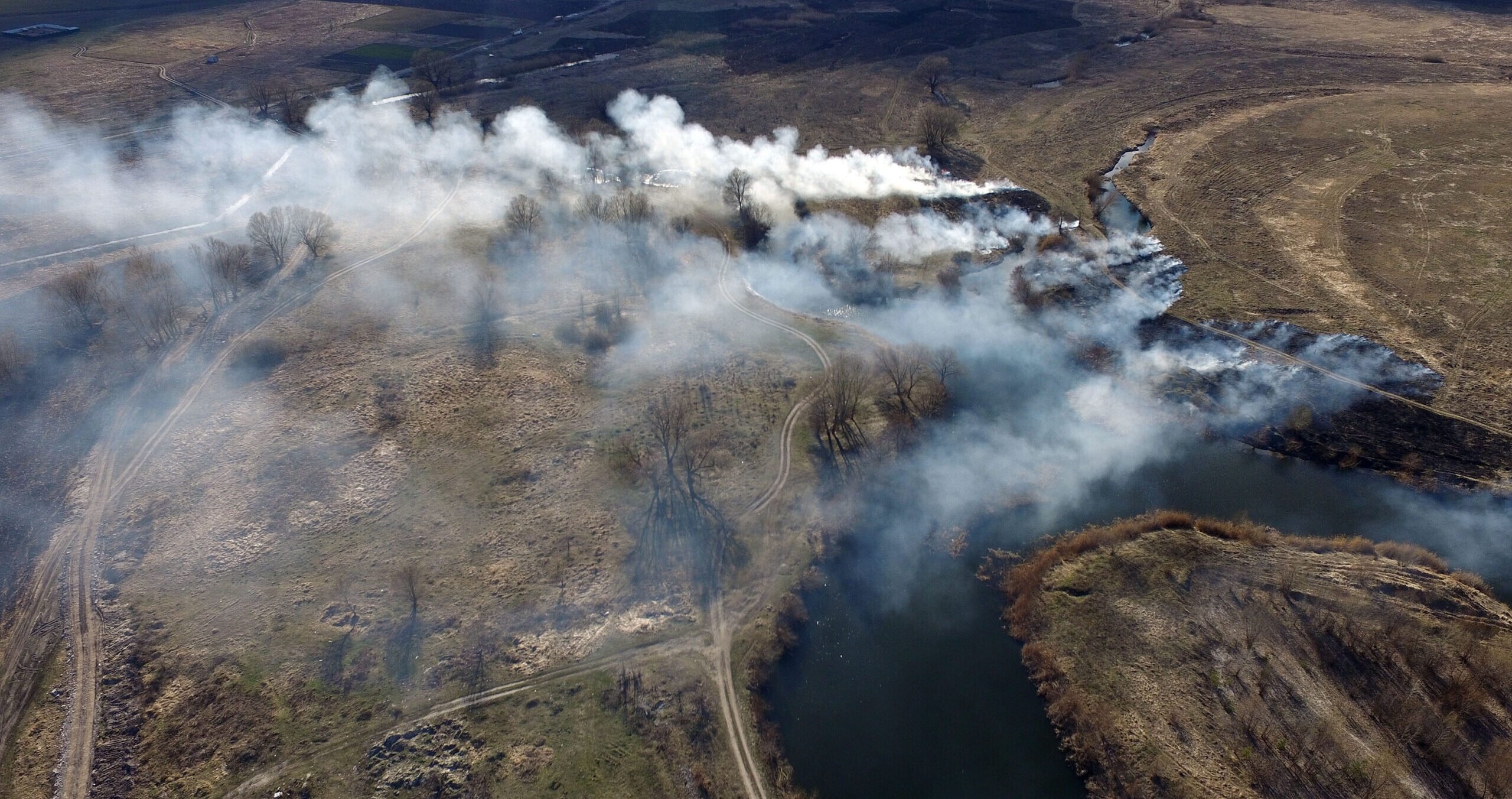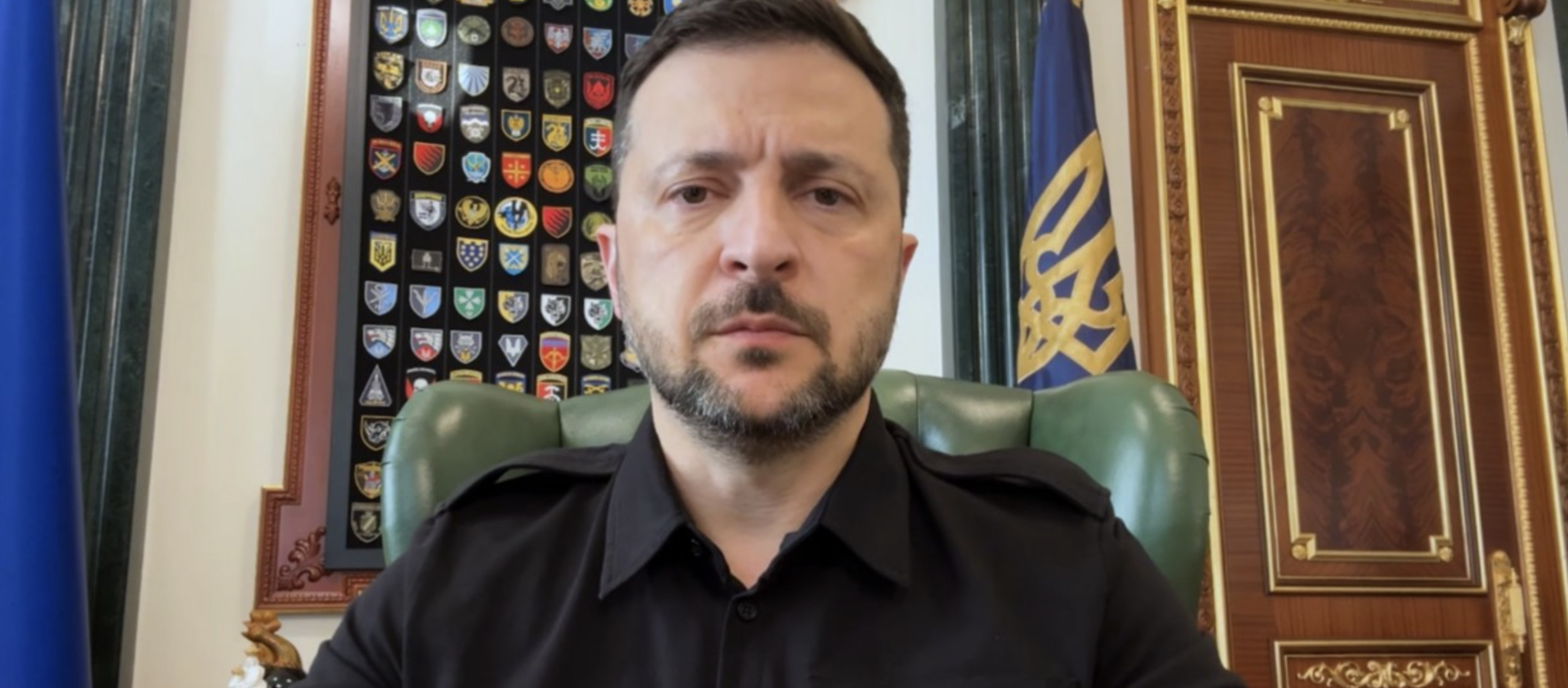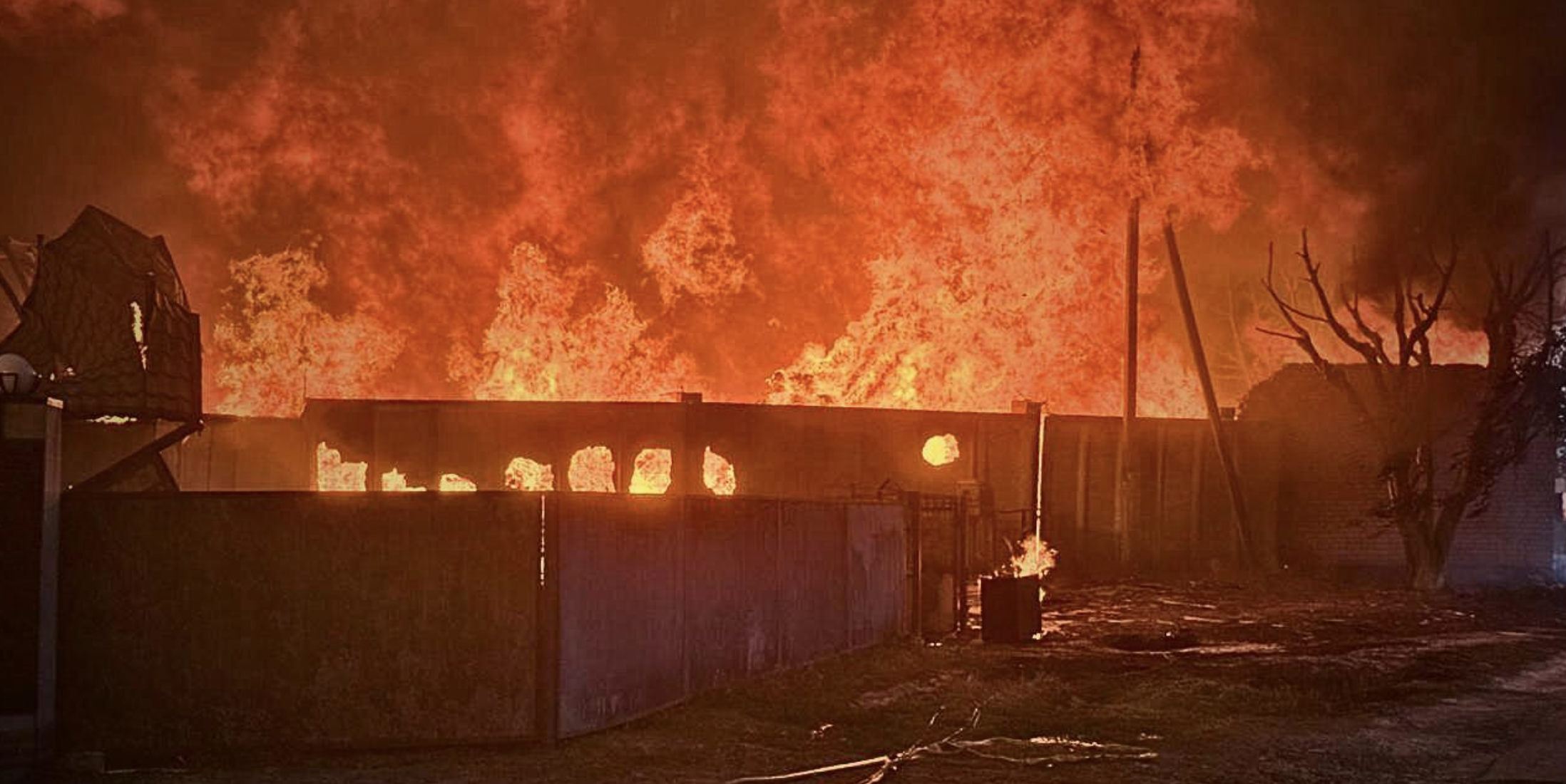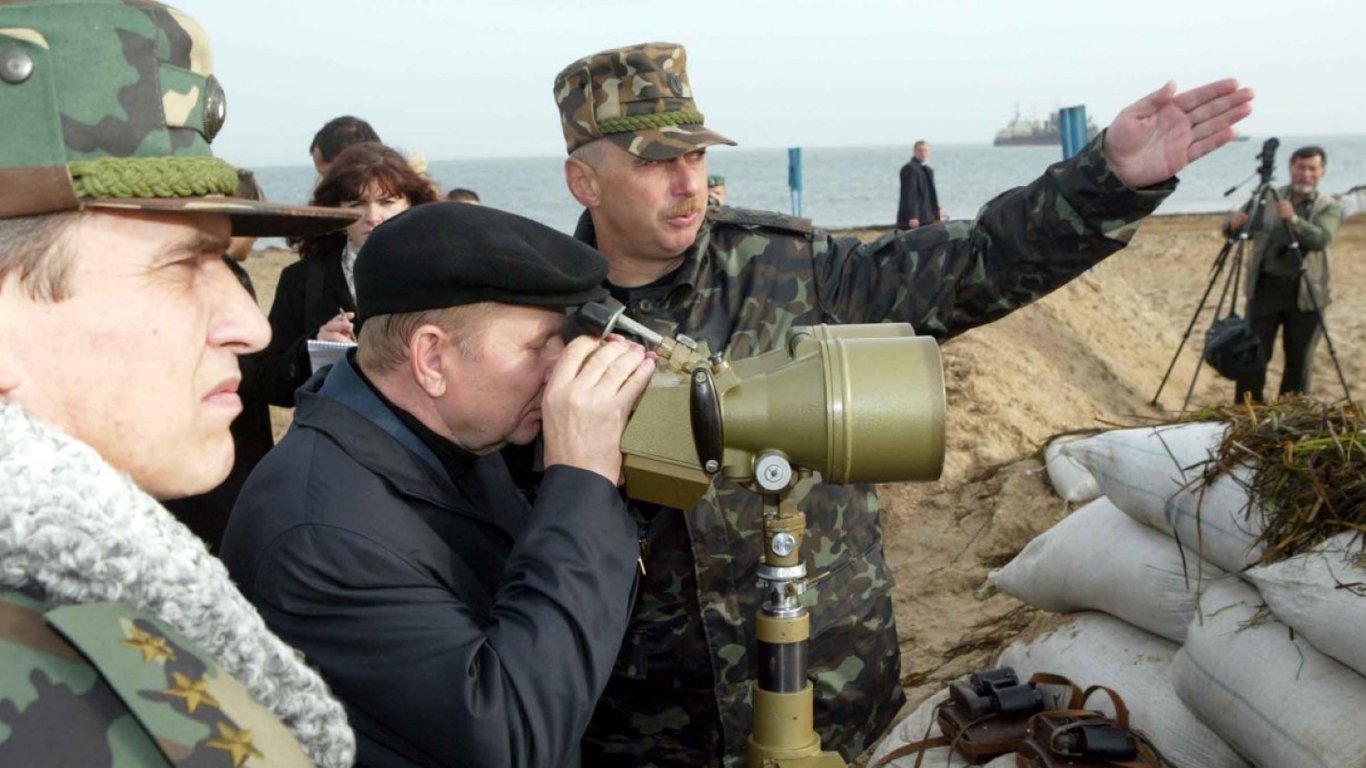
On this day 20 years ago, the Russian Federation first attempted its occupation and illegal annexation of independent Ukraine’s territory, and revealed its aggressive designs vis-a-vis the Crimean peninsula to Ukrainians and the entire world.
That act of hybrid Russian aggression against Ukraine focused on the small, but strategically-important island of Tuzla, located in the middle of the Kerch Strait between the Black and Azov Seas. The island was formed in 1925 after a severe storm eroded the narrow spit of land that extended into the strait from the Taman Peninsula on its eastern side. Soviet authorities ruled that the island of Tuzla belonged to the Crimean oblast, which became part of the Ukrainian SSR in1954. After Ukraine declared its independence, the island, along with all of Crimea, became an integral part of Ukraine’s sovereign territory.
Then, on September 29, 2003, without any warning, Russia began constructing a causeway to Tuzla to connect the island to the Russian shore. The entire arsenal of Russian state propaganda was launched against Ukraine and its government on the international arena, claiming that Tuzla is not legally an island, and that it is supposedly “Russian” territory that “has never been part of Crimea, and therefore did not form part of Ukraine in 1991.”
The conflict over the island was also used by the Russian leadership to officially challenge Ukraine’s claims to its waters in the Azov Sea and the Kerch Strait. Moscow also used the opportunity to study the reactions of Ukraine and the international community in response to Russia’s encroachment on sovereign Ukrainian territory.
In response to Russia’s aggressive actions, Ukraine dispatched a unit of border guards to Tuzla Island, followed by a visit by then President Leonid Kuchma, who announced military exercises in the waters off the Kerch Peninsula. Kuchma later admitted that those events opened his eyes to the “aggressive nature of Putin’s Russia,” and, that in October 2003, he, as Supreme Commander-in-Chief, had issued orders allowing the shooting of any Russians attempting to set foot on Ukrainian soil, in his interview with the BBC in 2022.
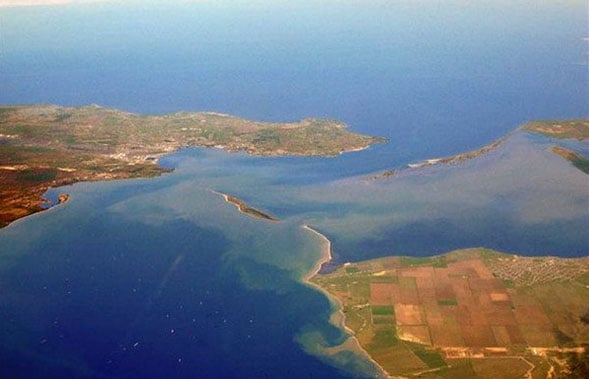
Russia stopped the construction of the dam on October 23, 2003, when it was around 100 meters away from the Ukrainian shore. The parties conducted negotiations on October 30 and 31, that ended in Ukraine agreeing to an unfavorable compromise: in exchange for the halting of construction and retention of nominal sovereignty over the strait, Ukraine agreed to continue negotiations on the terms of joint use of the Azov Sea, and that no naval ships would pass through the Kerch Strait without the Kremlin’s consent.
While Ukraine’s measures to counter Russian aggression in October 2003 were generally effective at the outset, the Tuzla Island conflict foreshadowed the occupation and annexation of the Crimean peninsula in 2014, and Moscow’s full-scale military aggression against Ukraine eight years later. In 2003, the Ukrainian World Congress (UWC) harshly criticized the Putin regime’s actions, and organized protests against them around the world. UWC did not mince words, and openly referred to the Kremlin’s actions as the latest manifestation of Russian imperialism. The international community, however, failed to recognize the Kremlin’s aggressive designs, and world leaders continued nurturing illusions about possibly “coming to agreement” and “bringing Russia closer to Western standards.”
Today, the Ukrainian island of Tuzla remains occupied by Russia. The Russian invaders used its territory to build the illegal Crimean bridge in 2018, which firmly “bound” occupied Crimea to the Russian Federation, and today serves as the Russian occupational army’s main supply line into Ukraine.
